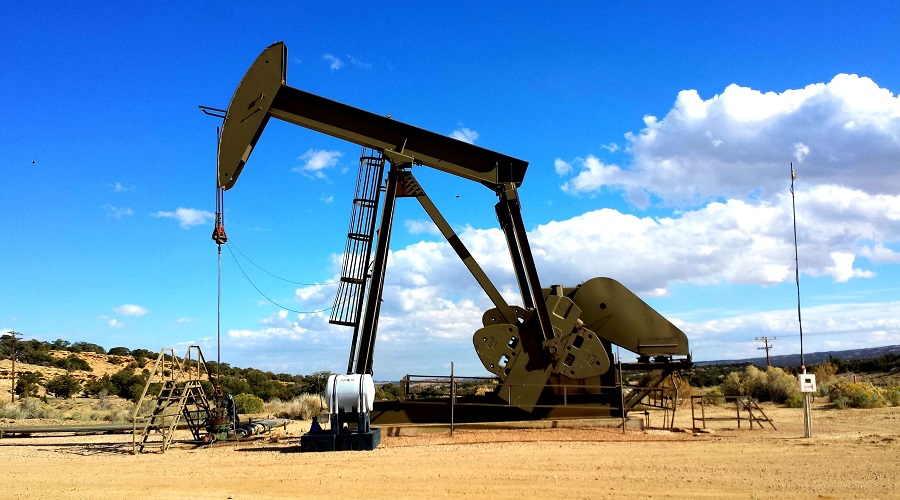A. Harikumar
With oil markets continuing to be volatile as a fallout of Russia-Ukraine standoff, the top buyers of crude oil in the world India and China may try to bring in a new buyer’s dynamics to crude oil market. India may go for the heavily discounted Russian oil in a big way, and China which is already a major buyer of Russian oil, may increase their purchase. In the process, global supply chains built by Western Companies might be challenged and new oil supply chains could emerge.
Currently, the Middle East oil exporters charge Asian Premium to the oil sold to Asian countries. That means oil is sold to Asian countries at a higher price than sold to Europe. That has been a long-time peeve of India and China, and India has been trying to end the practice.
It is against the backdrop of such trade practices that Moscow is now offering discounted oil to New Delhi and Beijing. International media have reported that while less than 1 percent of total fuel imports of India used to be from Russia earlier, it has already bought six million barrels of crude from Russia in March, 2022. During the entire last year, India’s oil import from Russia was just around 13 million barrels of oil. The oil is expected to be delivered to India in early April. China is already the largest buyer of oil from Russia The heavily discounted Ural Crude offered by Russia is expected to up Chinese intake significantly in the coming days.
Efforts to protect buyers’ interests
Oil consumers had tried to flex their muscles against spiralling prices in the past too. India and China had toyed the idea to build an Oil Buyers’ Club. The idea was first mooted in 2005. In 2017, India’s oil minister Dharmendra Pradhan and China’s oil minister had held talks in Beijing to adopt a strategy to hobble the overwhelming power of the OPEC.
In another move, the US along with five other top oil consumers; China, India, Japan, UK and South Korea released their reserves party in order to control the fuel prices in November 2021. That move was made after the OPEC rejected a combined US, India and China suggestion to increase crude production. A handful of Russia led oil producers had also rebuffed the request.
India and China are grappling with high oil prices at present. Smaller countries like Sri Lanka and to a certain extent Pakistan are in a crisis. Currently, oil prices are almost 80 percent higher that what they were during the corresponding period last year. Russia is offering oil to India at 20-25 percent discounts. If it offers a higher discount, say 30 percent, China is likely to grab the offer instantly, and import more oil.
Investment opportunities in upstream and supply chain
Moscow has also offered to allow Indian companies more investment in the oil and gas sector there. On March 11, Russia’s Deputy Prime Minister Alexander Novak made the offer to India’s Minister for Petroleum and Natural Gas, Hardeep Singh Puri. These offers are too attractive to dismiss.
Russia’s Roseneft and India’s Oil companies already own stakes in entities in both the countries. If Russia-India and Russia-China oil trade booms, new supply chain networks could come up. Indian and Chinese refiners could up their presence in Russia. Transportation and storage systems could be strengthened. New marketing systems could be put in place. China, Russia and India have the second, third and fourth biggest oil refining capacities in the world. A close cooperation among the three will bring lasting changes in oil industry.
It is difficult for the West to block the oil trade among Russia-India-China entity even if they declare an embargo. Even when there was a ban on Iran’s crude export, China was reported to have sourced crude oil from Iran at discounted rates. If the West forces a ban on Russia’s crude that will repeat. Even if insurers withdraw from providing coverage to oil tankers from Russia to India and China, it is unlikely to discourage the trade. Attacks on Indian and Chinese ships are unlikely to happen as both countries may provide escort to their oil tankers with their strong navies.

